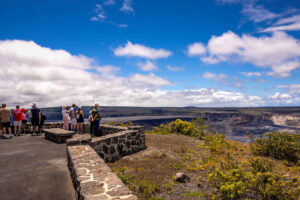HONOLULU (AP) — Fifteen black-footed albatross chicks were moved from Midway Atoll to Hawaii to establish a breeding colony on Oahu’s north shore.
The birds were relocated as part of a new project by the Pacific Rim Conservation and other groups trying to save the seabirds.
The species is vulnerable to rising sea levels and storm surges on Midway Atoll, about 1,200 miles northwest of Honolulu.
The 3-week-old black-footed chicks were flown to their new home last month at the James Campbell National Wildlife Refuge in Kahuku, where they are being hand-fed.
The program’s goal is to monitor the chicks until this summer, when they will be big enough to fly toward California and Mexico and instinctively know how to navigate and fish.
Conservationists hope the chicks will return to the refuge to breed.
“They will view James Campbell Refuge as their home,” said Eric VanderWerf, president of Pacific Rim Conservation. “We won’t know if this project works until they come back and breed at six to nine years old. They’ll probably pick a mate from the group they came (from Midway) with.”
About 60,000 pairs of black-footed albatrosses are thought to exist in the wild, including in Japan and Mexico. The group will fly in 25 more albatross chicks to Hawaii from Midway annually during the next two years.
The program is important to “protect these seabirds into the future,” Bob Peyton, Midway Atoll Refuge and Memorial Project leader, said in a statement.
The relocation of black-footed albatrosses is similar to an ongoing effort to breed Laysan albatrosses at the Kahuku refuge. Fifty Laysan chicks were brought to the refuge throughout the last three years.
The Laysan albatross population is thought to be 10 times greater than the black-footed albatross population.
Other groups involved in the new project include the Papahanaumokuakea Marine National Monument, U.S. Fish and Wildlife Service, National Fish and Wildlife Foundation and David and Lucile Packard Foundation.





